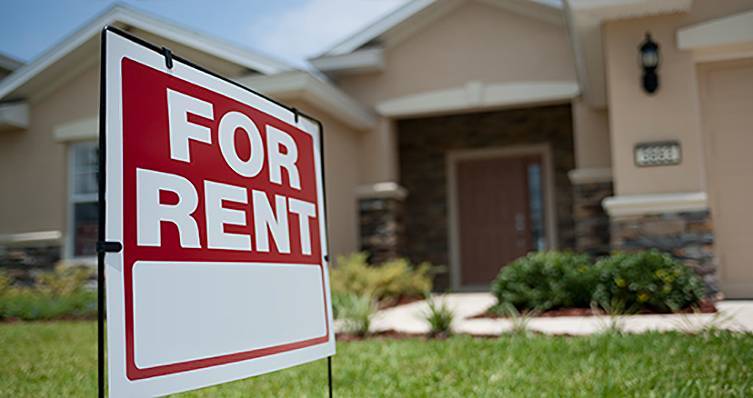
Property values continue to climb in many areas, and that’s tempting more and more homeowners to relocate and turn former homes into rentals. The idea of additional monthly income can be tempting, but keep in mind that renting out your property carries potential tax pitfalls.
Once you turn your home into a rental, you’re considered to be a landlord for tax purposes. That means you must report rental income on your tax return, but you’re also entitled to offsetting deductions for the money you spend on utilities, operating expenses, incidental repairs, and maintenance (for example, fixing a leaky roof). Additionally, you can claim depreciation deductions for the home. You can fully offset rental income with otherwise allowable landlord deductions.
Passive activity rules
Under the passive activity loss (PAL) rules, you may not be able to currently claim the rent-related deductions that exceed your rental income unless an exception applies. Under the most widely applicable exception, the PAL rules won’t affect your converted property for a tax year in which your adjusted gross income doesn’t exceed $100,000, you actively participate in running the home-rental business, and your losses from all rental real estate activities in which you actively participate don’t exceed $25,000.
Also, keep in mind the potential tax pitfalls that can come from renting your residence. Unless your rentals are temporary and are made necessary by adverse market conditions, you could forfeit an important tax break for home sellers if you finally sell the home at a profit. In general, you can escape tax on up to $250,000 ($500,000 for married couples filing jointly) of gain on the sale of your principal home. However, this tax-free treatment requires you to use the residence as your principal residence for at least two of the five years preceding the sale. That means that renting your home out for an extended time could jeopardize a big tax break.
Even if you don’t rent out your home so long as to jeopardize your principal residence exclusion, the tax break you would have gotten on the sale (the $250,000/$500,000 exclusion) won’t apply to the extent of any depreciation allowable with respect to the rental or business use of the home for periods after May 6, 1997, or to any gain allocable to a period of nonqualified use (any period during which the property isn’t used as the principal residence of the taxpayer or the taxpayer’s spouse or former spouse) after December 31, 2008. A maximum tax rate of 25% will apply to this gain, attributable to depreciation deductions.
Selling at a loss
Some homeowners who bought at the height of a market may ultimately sell at a loss. In such situations, the loss is available for tax purposes only if the owner can establish that the home was in fact converted permanently into income-producing property. Here, a longer lease period helps an owner. However, if you’re in this situation, be aware that you may not wind up with much of a loss for tax purposes. That’s because basis (the cost for tax purposes) is equal to the lesser of actual cost or the property’s fair market value when it’s converted to rental property.
So, if a home was bought for $300,000, converted to a rental when it’s worth $250,000, and ultimately sold for $225,000, the loss would be only $25,000.
Deciding whether to turn a residence into rental property carries plenty of pros and cons. Contact me or a member of our tax services team if you’d like help weighing the options.
© 2022 KraftCPAs PLLC
KraftCPAs can help.
Call us at 615-242-7351 or complete the form below to connect with an advisor.